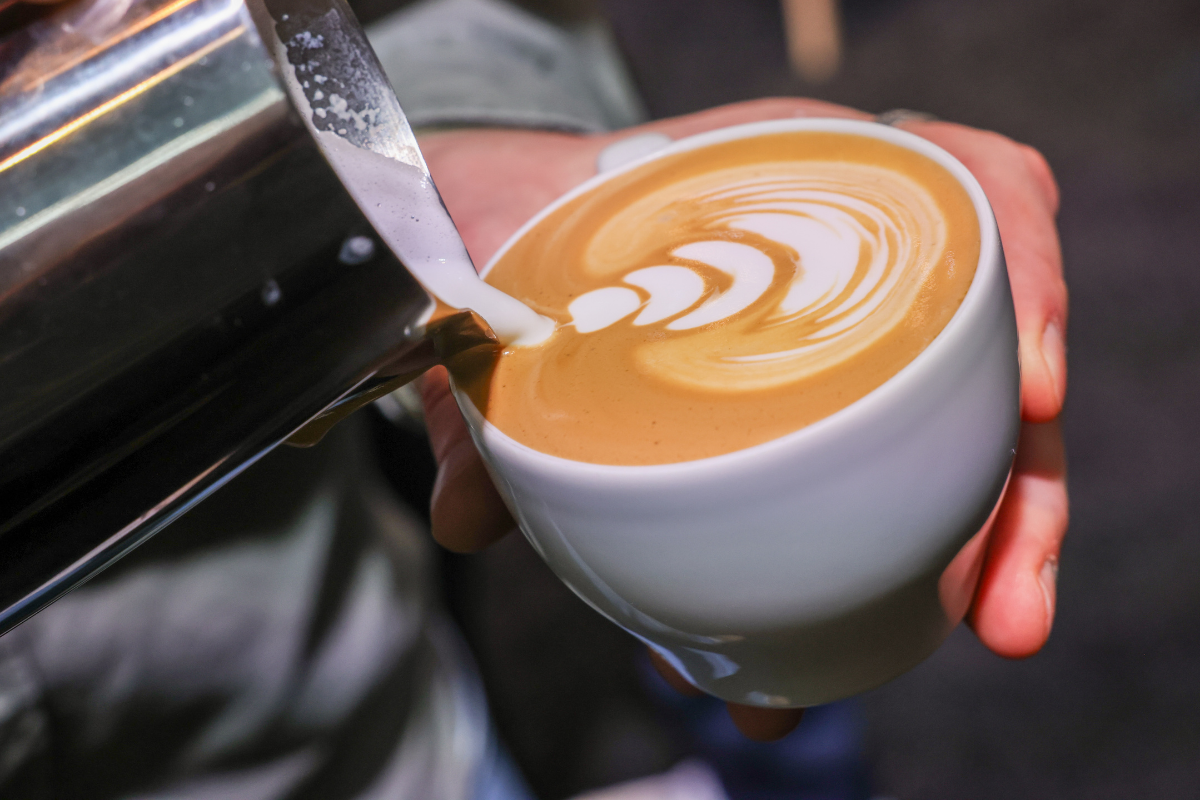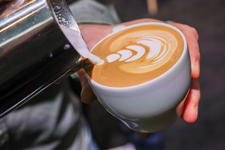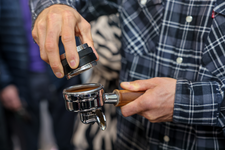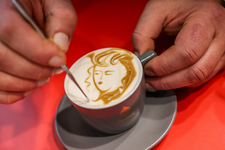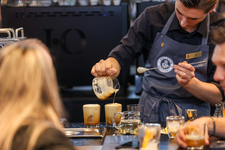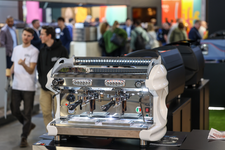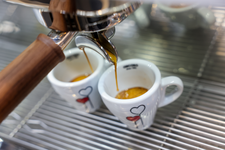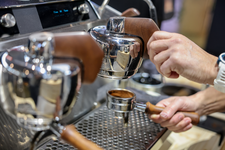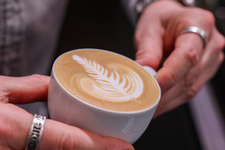Coffee trends in 2025: Enjoyment, health, creative power – the future in the cup
Coffee as a cultural compass and an economic constant
Coffee is more than just a beverage. It is a ritual, a statement and – last but not least – a key revenue driver for restaurants, hotels and the entire sector. With an annual per capita consumption of 164 litres in Germany, coffee remains the undisputedly most popular hot beverage in the country despite a slight decrease of 1.8% in 2024. Although this consistency forms a stable basis, the dynamism of the world of coffee calls for innovative concepts which accommodate enjoyment, sustainability and individualisation.
1. Sustainability: from cultivation to the capsule – responsibility in every bean
Coffee accounts for more than 38% of Fairtrade sales in Germany. This figure embodies a change in values that goes far beyond indications of origin. Manufacturers such as Nespresso are setting new standards in the area of environmental-friendliness with home compostable capsules made of paper pulp. Concepts such as local exotics are also becoming more important. Accompanying ingredients such as ginger or sugar are purchased locally for this purpose. As far as restaurants are concerned, this means that sustainability is becoming a distinguishing characteristic – and also part of the brand experience to some extent.
2. Aromatic individualism: syrup, spices and creative recipes
The coffee menu as a playground: yuzu and peach soda with espresso, lavender latte or cardamom flat white – something once considered to be exotic is now an expression of individual coffee culture. Guests expect personalisation either in the form of toppings, alternative milk types or seasonal ingredients. The trend is away from "one size fits all" towards a curated taste experience.
3. Functional coffee: health that drinks along
Coffee as a source of vitality: "glow coffee" with collagen, a "mushroom latte" with reishi or chaga, super food toppings with turmeric, maca or lucuma – functional coffee satisfies health-conscious consumers who don't regard enjoyment as being in conflict with well-being. This area offers restaurants differentiating opportunities, provided the contents are clearly described and taste good.
4. Energy with style: power coffees for business guests
With a caffeine content of up to 140 milligrams per cup, specialities such as "Forte Extra" satisfy the needs of urban hard workers. Whether at a breakfast buffet or in a conference room, high-dose coffee variants with a clear position ("more focus", "more drive") appeal to a target group who combine performance with pleasure.
5. Dessert in a glass: tiramisu latte & liquid temptation
A "tiramisu latte" combines Italian dessert culture with coffee design: espresso, mascarpone cream, sponge fingers and cocoa are turned into a sweet drinkable dessert. In a world where presentation is important, these "lnstagrammables" act as both a revenue driver and a distinguishing feature.
6. Cold & flash: the renaissance of cold coffee
Flash brew instead of cold brew: cooling down instantly makes sure the aroma stays fresh and the texture vibrant. Variants such as coffee tonic or cold brew with lemon, ginger beer or combucha meet the summer demand for light but taste-intensive coffee creations.
7. AI and coffee: precision for aroma and cultivation
Digitalisation reaches the origin: AI-based analyses are optimising cultivation areas, harvesting times and roasting profiles. The results are more stable quality, more specific aroma profiles and more efficient supply chains. For restaurateurs, this means improved consistency and greater depth of communication to guests.
8. Coffee & cocktails: mixology meets beans
Espresso Martini, Carajillo or Cold Brew Tonic: coffee is losing its time of day and becoming an integral part of modern bar culture. Integrating coffee in signature cocktails opens up new moments of enjoyment – and creates new sources of revenue outside breakfast.
9. Cultural hybridisation: from egg coffee to blue latte
International influences are enriching the coffee world: Vietnamese egg coffee, pink lattes with beetroot, lavender or activated carbon variants and even coffee mixtures containing combucha (coffbucha) are producing new colours, textures and target groups. Visual attraction meets sensory curiosity.
10. Market data: growth, change, value-added
In spite of a slight fall in turnover, the coffee market was still economically important in Germany in 2024 with a volume of €3.15 billion. Dallmayr, Melitta and Jacobs are the most popular brands. The international coffee price (ICO) is currently more than 354 US cents per pound. Germany is ranked 10th in the world with a per capita sales volume of 4.8 kilograms; the corresponding figure in Luxembourg is actually 8.5 kilograms.
Conclusion: coffee as a strategic area for creativity
Coffee culture in 2025 is varied, functional, sustainable and highly visual. Restaurateurs must rethink assortments, extend preparation methods and design experience worlds. Coffee will remain a classic beverage, but will only stay relevant if it changes. Anyone recognising and creatively interpreting current trends can turn this everyday product into a special experience with high revenue and brand loyalty.
